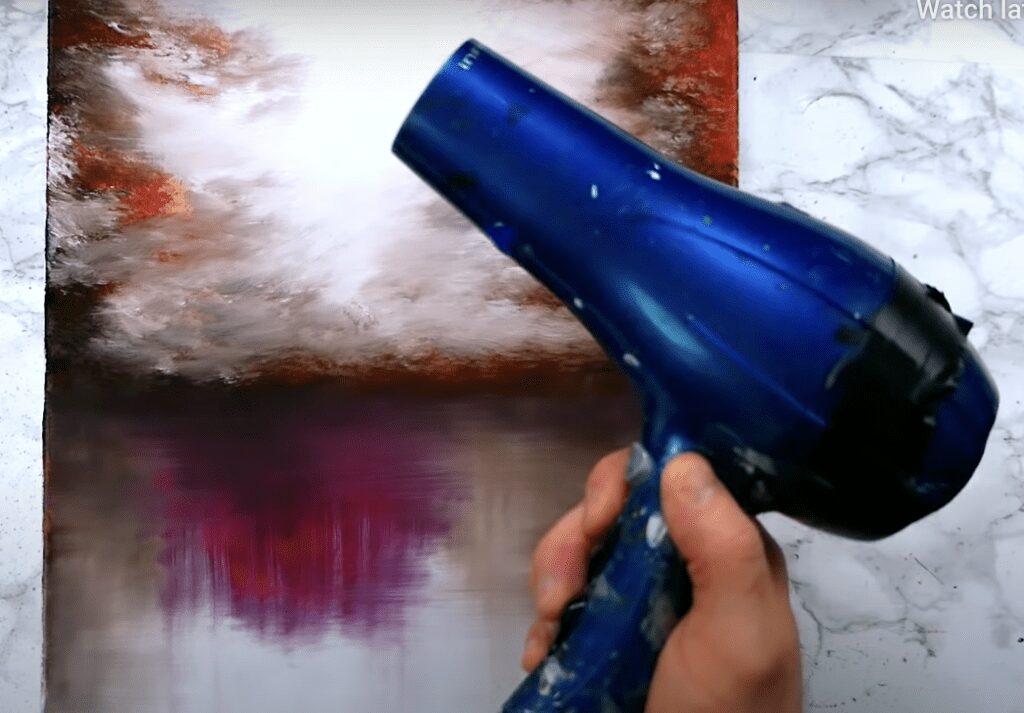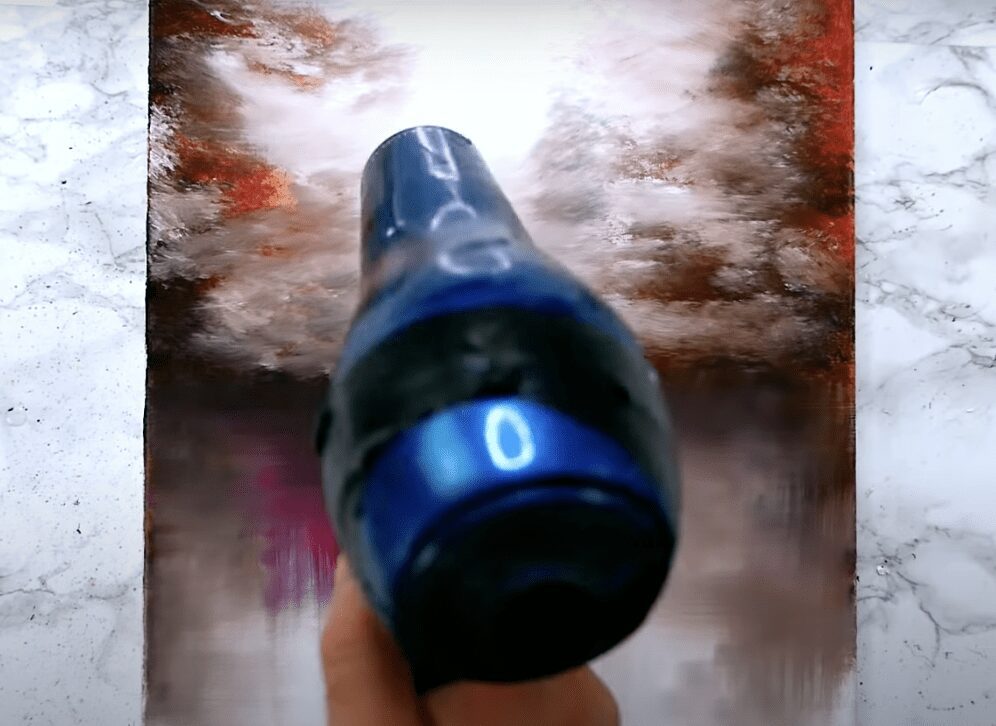


- When you’re a passionate artist, waiting for your paintings to dry can often be a test of patience. However, drying your artwork thoroughly is crucial to preserving its integrity and ensuring its longevity. Here are three professional methods to help speed up the drying process and enable you to work on new creations more efficiently.
- Utilize Proper Ventilation:
- Proper ventilation is fundamental in expediting the drying time of your paintings. Ensure that your workspace has good airflow by opening windows, using a fan, or even working outside if weather permits. Allowing fresh air to circulate around your artwork can help remove excess moisture and accelerate the evaporation process. Additionally, this will help prevent mold or mildew from forming on your paintings.
- Reduce Humidity with the use of Dehumidifier:
- When humidity levels are high, the process of drying can be greatly impeded. Time of your artwork. To combat this, consider using a dehumidifier in your studio or work area. Dehumidifiers extract moisture from the air, creating a drier environment that encourages faster drying. By controlling the humidity levels, you can consistently create the ideal conditions for drying your paintings, regardless of the weather outside.
- Use Heat to Expedite Drying:
- Applying heat to your painting is a tried and tested method for accelerating the drying process. However, it is important to approach this with caution, as excessive heat can damage or alter the appearance of your artwork. One way to safely use heat is by using a hairdryer on a low setting carefully directing it over your painting from a reasonable distance. This method allows you to control the temperature and speed up the drying process without compromising the final outcome.
- While in the process of creation, you can also dry your painting so it is easier to apply the next layer.
- We recommend drying your painting in between each layer using a hairdryer.
- This will help you to transition to the next stage without worrying about making any undesired strokes or effects.
- You can also dry your individual elements, such as completed cabins, rocks, trees, or any other small details that you are satisfied with, before adding more to it.
- Remember, while it’s crucial to speed up the drying time of your paintings, proper care and consideration should always be taken to ensure their quality and longevity. Rushing the drying process too much can lead to cracks, color fading, or other unintended consequences. By implementing these professional tactics and allowing adequate drying time, you can strike a balance between efficiency and maintaining the integrity of your art.
Note: When drying your painting, be sure to especially dry the very edges and corners of your paintings since all the moisture is being directed in those specific locations. Additionally, be sure to focus drying on areas that contain thicker acrylic paint layers.